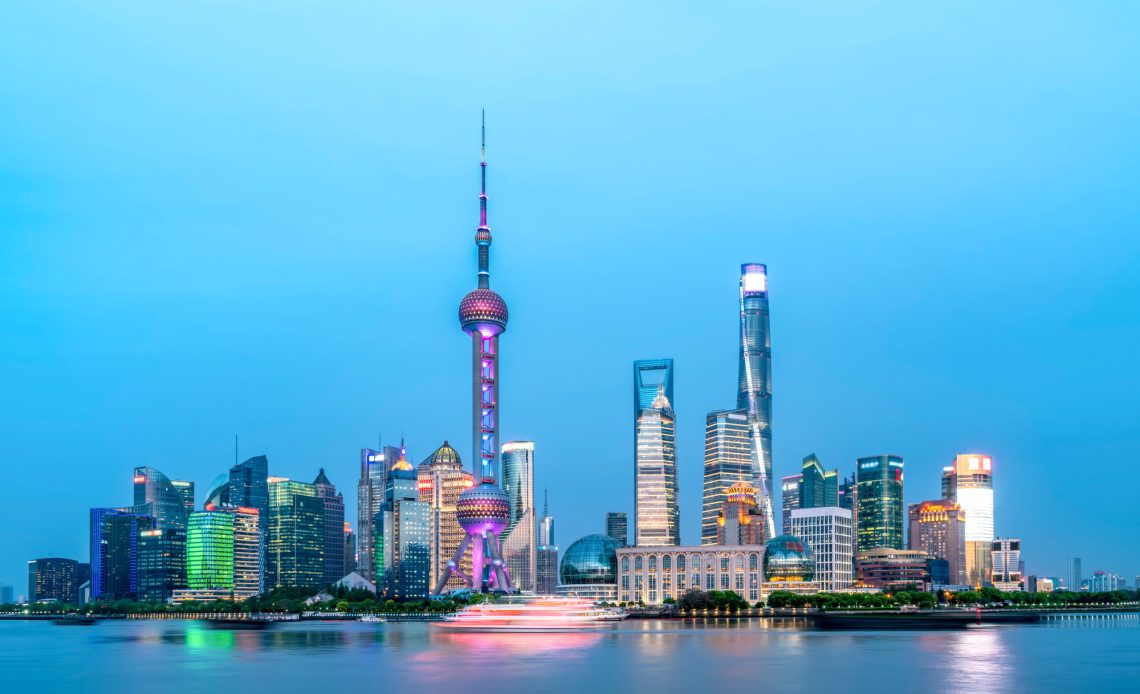
China’s consumer and producer prices are heading in opposite directions as the country grapples with falling global demand, a worsening trade war with the US, and domestic efforts to boost consumption.
Consumer prices declined 0.1% year-on-year in March, marking a second consecutive month of deflation.
Meanwhile, producer prices dropped 2.5%, the sharpest fall since November 2024, raising fresh concerns over profitability for Chinese manufacturers and the broader impact of the country’s economic strategy amid rising external pressures.
Consumer prices fall despite 300B yuan stimulus
March’s 0.1% drop in the consumer price index followed a 0.7% fall in February, placing China firmly in deflationary territory.
The National Statistics Bureau reported the data on Thursday, revealing a sustained decline in price levels even as Beijing increases stimulus.
Chinese policymakers have been attempting to offset weakening external demand by stimulating domestic consumption.
In March, the government doubled the budget for a consumer trade-in programme to 300 billion yuan ($41.47 billion), covering about 15% to 20% of product costs like mid-range smartphones and home appliances.
This was up from 150 billion yuan allocated last year for a narrower product range.
Despite this push, core inflation—excluding food and fuel—remains subdued, rising just 0.5% in March after falling 0.1% in February.
The rebound remains below January’s 0.6% growth, reflecting muted consumer demand despite subsidies.
Producer prices drop 2.5% in March
While consumer prices show early signs of stabilisation, the producer price index continues to show deepening deflation.
Producer prices fell 2.5% in March compared to the same period last year, extending a streak of declines to 29 months.
The prolonged slump in factory-gate prices suggests weakening profitability across China’s industrial sectors.
The situation is made worse by shrinking overseas demand, with Chinese exporters now facing stiffer competition and tariffs.
This deflation on the producer side may further impact employment, output, and income growth in export-driven regions.
The yuan also responded to this pressure, with the onshore yuan trading at 7.3469 per dollar—near its lowest level since 2007.
The offshore yuan weakened 0.23% to 7.3611, reflecting investor concerns about the broader economic impact.
US-China trade war intensifies with fresh tariffs on exports
The external shock was amplified by new tariffs. On Wednesday, China imposed an 84% tariff on US goods.
In response, US President Donald Trump increased tariffs on Chinese imports from 104% to 125% overnight.
The escalation signals growing challenges for Chinese exporters, who are already facing weak demand and falling prices.
With producers now competing for a shrinking share of the global market, deflationary trends in factory output are expected to persist.
These tariffs also make Chinese goods less competitive abroad, putting additional pressure on businesses already impacted by rising input costs and lower margins.
Growth target tied to domestic spending
Premier Li Qiang had earlier outlined a goal of “around 5%” GDP growth for 2025, with the government naming consumption as the year’s top priority.
His annual work report mentioned “consumption” 27 times, the highest in a decade, signalling a clear pivot towards internal drivers of growth.
The government has indicated that more stimulus may be announced within days.
Li Daokui, a prominent academic and former central bank advisor, stated that further measures to stimulate domestic consumption are being readied for rollout.
However, economists have warned that the effectiveness of these policies may be limited.
According to Julian Evans-Pritchard of Capital Economics, much of China’s current fiscal spending is still aimed at expanding supply rather than demand.
With exports weakening and price pressures continuing to fall, overcapacity may worsen, placing further downward pressure on prices and delaying the recovery in consumer sentiment.
On Thursday, China’s stock markets reacted positively to hopes of fresh stimulus.
The CSI 300 rose 1.6%, while Hong Kong’s Hang Seng Index jumped 3.9%, leading gains across Asian equities.
Still, the long-term outlook hinges on whether consumer-focused policies can make up for external headwinds and structural challenges facing Chinese industry.
The post China inflation dips again as tariffs climb to 125% amid trade war tensions appeared first on Invezz






